CBSE PORTAL : “(Download) CBSE Class-12 Sample Paper And Marking Scheme 2019-20 : Urdu (Elective)” plus 9 more |  |
- (Download) CBSE Class-12 Sample Paper And Marking Scheme 2019-20 : Urdu (Elective)
- (Download) CBSE Class-12 Sample Paper And Marking Scheme 2019-20 : Urdu (Core)
- (Download) CBSE Class-12 Sample Paper And Marking Scheme 2019-20 : Telugu
- (Notification) NID : National Institute of Design-2020
- (E-book) NCERT PRE SCHOOL : REVISED CURRICULUM 2019-2020
- (Download) CBSE Class-12 Sample Paper And Marking Scheme 2019-20 : Telangana Telugu
- (Download) CBSE Class-12 Sample Paper And Marking Scheme 2019-20 : Tangkhul
- (Download) CBSE Class-12 Sample Paper And Marking Scheme 2019-20 : Tamil
- (Download) CBSE Class-12 Sample Paper And Marking Scheme 2019-20 : Sanskrit Elective
- (Download) CBSE Class-12 Sample Paper And Marking Scheme 2019-20 : Sanskrit Core
| (Download) CBSE Class-12 Sample Paper And Marking Scheme 2019-20 : Urdu (Elective) Posted: 22 Oct 2019 05:18 AM PDT
(Download) CBSE Class-12 Sample Paper And Marking Scheme 2019-20 : Urdu (Elective)Sample Question paper Time allowed: 3 hours SECTION A
Click Here To Download Full Sample PaperClick Here To Download Full Marking SchemeCBSE (Class XII) Previous Year Papers Printed Books<<Go Back To Main PageCourtesy: CBSE | ||||||
| (Download) CBSE Class-12 Sample Paper And Marking Scheme 2019-20 : Urdu (Core) Posted: 22 Oct 2019 05:00 AM PDT
(Download) CBSE Class-12 Sample Paper And Marking Scheme 2019-20 : Urdu (Core)Sample Question paper Time allowed: 3 hours SECTION A
Click Here To Download Full Sample PaperClick Here To Download Full Marking SchemeCBSE (Class XII) Previous Year Papers Printed Books<<Go Back To Main PageCourtesy: CBSE | ||||||
| (Download) CBSE Class-12 Sample Paper And Marking Scheme 2019-20 : Telugu Posted: 22 Oct 2019 04:25 AM PDT
(Download) CBSE Class-12 Sample Paper And Marking Scheme 2019-20 : TeluguSample Question paper Time allowed: 3 hours SECTION A
Click Here To Download Full Sample PaperClick Here To Download Full Marking SchemeCBSE (Class XII) Previous Year Papers Printed Books<<Go Back To Main PageCourtesy: CBSE | ||||||
| (Notification) NID : National Institute of Design-2020 Posted: 22 Oct 2019 03:29 AM PDT
(Notification) NID : National Institute of Design-2020General Information :National Institute of Design (NID) at Ahmedabad and at its Bengaluru and Gandhinagar Extension campuses is an 'Institute of National Importance' as per the NID Act 2014 as well as an autonomous Institute under the Department for Promotion of Industry and Internal Trade (DPIIT), Ministry of Commerce & Industry, Government of India. As per the NID Act 2014, the Institute is a statutory authority empowered to award its own degrees- presently offering Bachelor of Design (B.Des.) of four-year duration, Masters of Design (M.Des.) of two-and-a-half year duration and PhD in Design. The Institute is also a member of the Association of Indian Universities (AIU). Stage 1: Design Aptitude Test (DAT) Prelims Design Aptitude Test (DAT) Prelims will be conducted at various test centres across India (Refer Section 7.3 of this document). Candidates should note that appearing for the DAT Prelims or being shortlisted for second stage of admission process does NOT guarantee automatic entitlement to admission. Stage 2: Design Aptitude Test (DAT) Mains Candidates shortlisted after the DAT Prelims will be invited to appear for the Stage 2 DAT Main exam at Ahmedabad or at all campuses of NID viz Ahmedabad, Bengaluru, Gandhinagar, Haryana, Andhra Pradesh, Assam and Madhya Pradesh. Exact details of the Test Centre will be mentioned in the DAT Mains Admit Card. Note: Important Dates : |
| Programme/Test | DAT Prelims | DAT Mains |
| B.Des./GDPD | 30% | 70% |
Note: Only candidates who have appeared for all the tests in both the stages will be considered eligible for the Merit List.
Announcement of Results :
In order to be considered for the merit list, a candidate must have appeared for all the tests in both the DAT Prelims and the DAT Mains.
8.1 Results for DAT Prelims: Based on the scores obtained in the DAT Prelims, separate merit lists shall be prepared for each category applied for by the candidate. Results for admission to NID for the Academic Year 2020-21 for the B.Des. (including overseas candidates) and GDPD programmes will be declared only on the official admissions website (http://admissions.nid.edu) as per the schedule announced in Section 2 of this document. The candidates' scores will also be available for viewing at this time. Separate result score cards (digital or hard copy) will NOT be provided to the candidates. In case the total marks scored by two or more candidates are the same, the following tie-break policy will be used for awarding ranks:
(i) Higher rank will be assigned to the candidate who has obtained higher marks in Part B of the DAT - Prelims.
(ii) If this does not break the tie, higher rank will be assigned to the candidate who has obtained higher marks in Part A of the DAT - Prelims.
(iii) If this still does not break the tie, then both the candidates will be assigned the same rank.
8.2 Rechecking of DAT Prelims - Exam:
8.3 Candidates Shortlisted for DAT Mains: Based on the Merit list of DAT Prelims, eligible candidates will get to appear for DAT Mains. The number of candidates shortlisted will be no less than three times in each category applied for by the candidate. Please refer to Section 3 of this handbook to see the total number of seats available. If the total scores of two or more candidates in the DAT Prelims are the same after applying tie-break policy, they will be assigned the same rank.
8.4 Final Merit List: The final common merit lists for the B.Des. and GDPD programmes will be generated category wise (Open, GEN-EWS, OBC-NCL, SC, ST, and PwD), based on the sum total of the weighted scores obtained by the candidate, viz. the DAT Prelims and DAT Mains. Separate merit list will be prepared for Overseas candidates for B.Des. programme.
Common merit list will be generated based on the percentile score.
Results for admission to NID for the academic year 2020-21 for B.Des. (including Overseas candidates) and GDPD will be declared ONLY on the official admissions website (http://admissions.nid.edu) as mentioned in Section 2 of this document. The candidates' scores and ranks will be available for viewing on the website and candidates will have to log in to the site to view their final results. Separate result scorecards (digital or hard copy) will not be sent/provided to the candidates.
In case the total marks scored by two or more candidates are the same, the following tie-break policy will be used for awarding ranks:
(i) Higher rank will be assigned to the candidate who has obtained higher marks in DAT Mains.
(ii) If this does not break the tie, higher rank will be assigned to the candidate who has obtained higher marks in Stage 1 Design Aptitude Test.
(iii) If this does not break the tie, higher rank will be assigned to the candidate who has obtained higher marks in Stage 1 Design Aptitude Test Part B.
(iv) If this does not break the tie, higher rank will be assigned to the candidate who has obtained higher marks in Stage 1 Design Aptitude Test Part A.
(v) If this does not break the tie, higher rank will be assigned to the candidate who has obtained higher marks in the question of DAT Mains exam which carries maximum marks.
The scores obtained during the application process in 2020-21 cycle are valid only for admission for the academic year 2020-21.
Scores obtained in NID's DAT exam cannot be used by any person/institution without prior permission of National Institute of Design.
Note: Obtaining a rank in the merit list does NOT guarantee admission to the programme of your choice.
Click here to Apply Online
Click here to Download official Notification
(E-book) NCERT PRE SCHOOL : REVISED CURRICULUM 2019-2020
Posted: 22 Oct 2019 02:29 AM PDT
(E-book) NCERT PRE SCHOOL : REVISED CURRICULUM 2019-2020
Contents:
Chapter 1: Significance of Preschool Education
- Definition of Preschool 2
- Vision of Preschool Education 2
- Aim of Preschool Education 2
- Objectives of Preschool Education 2
- Characteristics of Preschool Children 3
- Guiding Principles for Preschool Curriculum 3
Chapter 2: Some Concerns Related to Early Learning and Development
- Handle variation in learning 7
- Manage multi-age grouping 8
- Ensure and encourage gender equality 8
- Avoid early formal instructions 8
- Ensure careful inclusion of children with disability 9
Chapter 3: The Curriculum
- Goals 12
- Play 21
- Interactions 22
- Environment 23
- Early Learning Outcomes 23
Chapter 4: Designing a Child Friendly Learning Environment
- Designing Indoor Environment with activity areas 51
- Classroom Displays 52
- Seating Arrangement 53
- Classroom Adaptations 54
- Designing Outdoor Play Environment 54
- Role of Teachers 55
Chapter 5: Pedagogical Approaches for Curriculum Transaction
- Theme Based Approach 57
- Play and Activity Based Approach 58
- Projects /Inquiry based Approach 58
- Emergent Curriculum 59
- Planning and Transaction of Preschool Curriculum 59
- Transaction of Preschool Curriculum 60
- Suggestive Schedule of Activities 62
Chapter 6: Assessment in Preschool Education
- How should assessment be carried out and reported? 64
- Assessment Tools and Techniques 65
- Assessment in Preschool Programme 66
Chapter 7: Monitoring and Supportive Supervision
- Responsibilities for Monitoring and Supervision 68
Chapter 8: Partnership with Parents and Community
- Parent Education to support the child 70
- Engaging Parents as a Resource 71
- Role of Community 72
Chapter 9: Supporting Children’s Transitions
- Maintaining Continuity for Smooth Transitions 74
References 76
Annexure
- Annexure I - Sample Weekly Lesson Plan by Integrating Approaches (Preschool I) 77
- Annexure II - Sample Weekly Lesson Plan by Integrating Approaches (Preschool II) 82
Download IAS Syllabus E-book
Courtesy: NCERT
(Download) CBSE Class-12 Sample Paper And Marking Scheme 2019-20 : Telangana Telugu
Posted: 22 Oct 2019 01:09 AM PDT

(Download) CBSE Class-12 Sample Paper And Marking Scheme 2019-20 : Telangana Telugu
Sample Question paper
Telangana Telugu-(089)
Class-XII (2019-20)
Time allowed: 3 hours
Full marks: 80
SECTION A
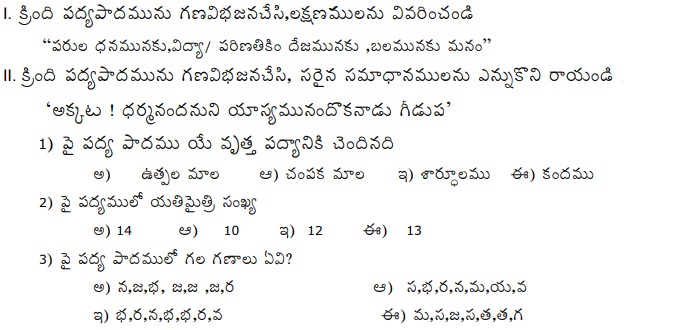
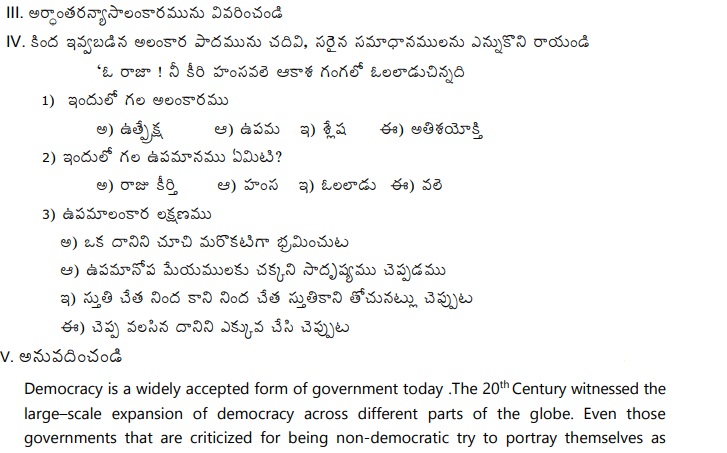
Click Here To Download Full Sample Paper
Click Here To Download Full Marking Scheme
CBSE (Class XII) Previous Year Papers Printed Books
<<Go Back To Main Page
Courtesy: CBSE
(Download) CBSE Class-12 Sample Paper And Marking Scheme 2019-20 : Tangkhul
Posted: 22 Oct 2019 12:35 AM PDT

(Download) CBSE Class-12 Sample Paper And Marking Scheme 2019-20 : Tangkhul
Sample Question paper
Tangkhul-(193)
Class-XII (2019-20)
Time allowed: 3 hours
Full marks: 80
Please check that this question paper contains 5 pages.
Code number given on the right hand side of the question paper should be written on the title page of the answer book by the candidate.
Please check that this question paper contains 27 questions.
Please write down the Serial Number of the question before attempting it.
15 minute time has been allotted to read this question paper. The question paper will be distributed at 10.15 a.m. From 10.15 a.m. to 10.30 a.m., the students will read the question paper only and will not write any answer on the answer-book during this period.
SECTION A
1. Mikahai tuikhumkhahi pākazaklaga khangahān binghi A,B,C kala D wui eina khamashung phākhuida kapisanglu.
Mikumowui mirin mithot kachida sinā lupā makhangahom maleimana. Hila theikhuiya kaje hieina mikumo rotkhamarātna. Kha mikumona lanli khangahom thāda khangatei khikhali mangahom mana. lan leihaiakha kharing kharak mathāmeida zālaga phasā phāmei okthuipaiya. Phasā phāhaiakha ningla mathāmeipapama. Ning ringphāhaiakha phasā phāmeihaoda ning ot, yāng ot sālala sāshapmeikhāra kala kazātla mazamada okapeila okpeimeiya. Kha lan hi nguida shijin haiakha hiwui makaphā hila khāngkapai maningmana. Hiwui eina yuishāt yangshāt, mikpāishi khangarok kala kathi kasārla shokta mirinla chingri maokthuipaimana. Kha nawui skhalei lan saikora chila mikumo ithumwui vang nada, kathāi kachām bingli, chotchāngda khaleibinglila ngarin ngasakakha nawui lan chi ākachangana. Mikumowui kannākhavai, reisang khavai kala okathuihi ttekmatei ngasak khavaili shijinki kajina.
Dynamite phākashoka Alfred Noblewui lan chi wortam mathāsangkhavai, chingri okthuikhavai, ngalei akha eina akha mashitri pānkhavai “Noble Peace Prize” mikhavaili maheisangmi haisāla chungda tongkhavai, mi chungmeida thikapaiya dynamite kasemli heisanghaisā sikaje mi kayākha chungmeida kakhanang kachot samphang haira rakhala? Alfred Noblewui aming kazat kala awuivang eina mibingna ringkaphā kankhanā samkaphang hi awui dynamite phākashok wuivang maningmana, kha awui lan chi khamathā ot kasāli shikajinwui vang einana. Lan zakshimeithui kaji otla, mathāmeithui kaji otla sāshapa. Kaphā ot sākhangai, lan khalei mi chungmeida leisāsi kaje ithumwui okathui hi maringphāmei maralā?
A. Mikumona malungchāngmeikapta khangahom hi ________ na.
(a)shimlui khamathā
(b) kashan kachon khamathā
(c) kashak kazā khamathā
(d) lan
B. Mikumowui okapeiwui angayung hi ______________ eina kharāna.
(a) phasā kaphā
(b) kazāt makhalei
(c) lan khalei
(d) kashak kazā khamathā
C. Kachikathāli akachanga lan ho khala?
(a) kathāi kachām, chotchāngda khaleibingli.
(b) na kankhanā samkaphanga lan chili.
(c) mangasun kapai lan chili.
(d) shimlui mathuisang kapai lan chili.
(D) Alfred Noblewui aming kazathi _____________________.
(a) dynamite phākashokwui vangna.
(b) chingrihai khangasakwui vangna.
(c) awui lan chi khamathā ot kasāli shikajinwui vangna.
(d) katamnaoli lupā milaga kakatomwui vangna.
(E) Alfred Noblena Peace Prize lungkhamiwui mataimeikap kaji kharinva _________________.
(a) mikumowui wortam mathāsang khavaina.
(b) okathui hi chingri eina okthui khavaina.
(c) awui lan sorngasāi haida shijin khavai makhatheiwui vangna.
(d) ngalei akha eina akha mashit khavaina.
2. “Ngahong Yaikathat (Deforestation)” kajiwui pongli azingwui tuimeihi yunlaga chankhayir (essay) tuipā 150 maikha eina kapilu. Tuimei: Khiwuivang yaikathat – ngahong yaikathatwui sākaza – katong – kathada ngahong leingasak luipai – khangachang tui.
3. Tuikhurhi ningkachang eina pākhuilaga akhum kathumwui khumkha maikha eina kashatui kapilu. Okathui hili akhawui mashitmei kap kaji ngasotnao chila ali ungngasungda yangkashe ngasāhaipai. Anao mayara maningakha anao ngalāva, lumtir eina nganaokā kahaiya chila ava – avāli ningkashi makatheiya nao ngasā haipai. Ithumli nganāilāk kajebing, ithumna chihānlāk kala ninglumlāk eina shitkasanga chinala chipatta ithumli yorzāhaipai. Mi akhawui khalei lan saikora shimān haipai. Ana darkār sāmeikap kaje atamli awui eina phanthuiser hairasāpai. Khalattawui vangmāng kaphaninga okathui hili khalattawui maphaningphut kaje ngasotnao akha, nali manothālāk ki kaje, nali maminamlāk ki kajiya chi nawui fa china.
4. Nahi Viewland Zone II li kapama, Qr. Moreiphungna. Govt. of Manipurwui Electricity dept. wui Chief Engineerli HSSLC porikha ataam hili ngayā kachida mei mathālāk eina chihomi chingkhavai darkas akha kapilu.
Click Here To Download Full Sample Paper
Click Here To Download Full Marking Scheme
CBSE (Class XII) Previous Year Papers Printed Books
<<Go Back To Main Page
Courtesy: CBSE
(Download) CBSE Class-12 Sample Paper And Marking Scheme 2019-20 : Tamil
Posted: 21 Oct 2019 11:53 PM PDT

(Download) CBSE Class-12 Sample Paper And Marking Scheme 2019-20 : Tamil
Sample Question paper
Tamil
Class-XII (2019-20)
Time allowed: 3 hours
Full marks: 80
SECTION – A
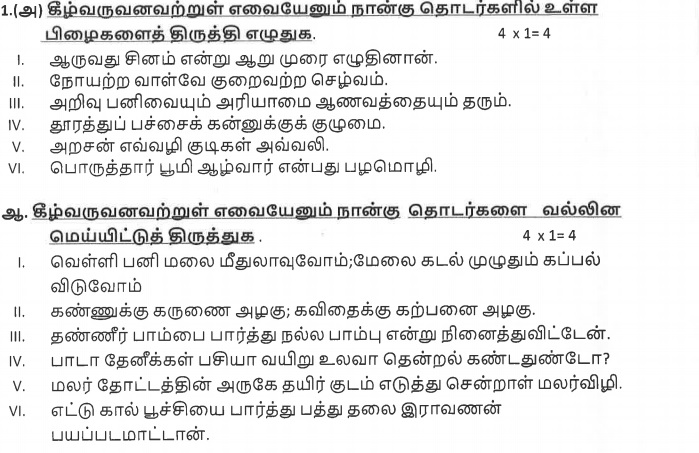
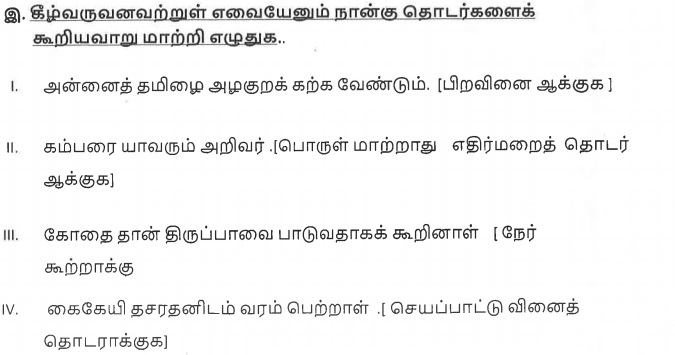
Click Here To Download Full Sample Paper
Click Here To Download Full Marking Scheme
CBSE (Class XII) Previous Year Papers Printed Books
<<Go Back To Main Page
Courtesy: CBSE
(Download) CBSE Class-12 Sample Paper And Marking Scheme 2019-20 : Sanskrit Elective
Posted: 21 Oct 2019 11:36 PM PDT

(Download) CBSE Class-12 Sample Paper And Marking Scheme 2019-20 : Sanskrit Elective
Sample Question paper
Sanskrit Elective-(022)
Class-XII (2019-20)
Time allowed: 3 hours
Full marks: 80
SECTION – A
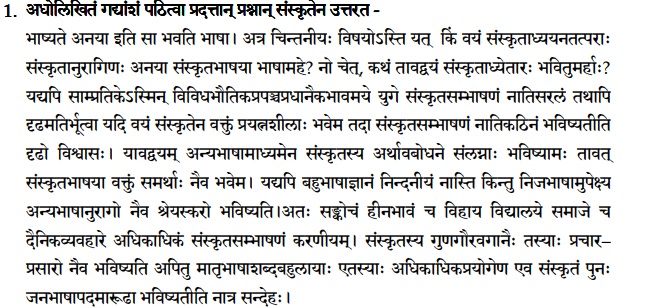
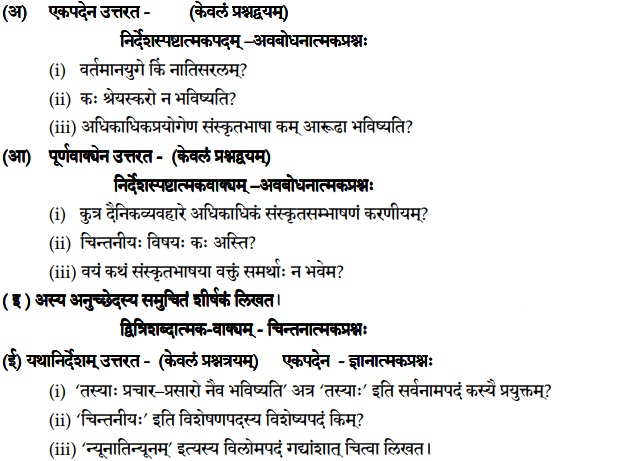
Click Here To Download Full Sample Paper
Click Here To Download Full Marking Scheme
CBSE (Class XII) Previous Year Papers Printed Books
<<Go Back To Main Page
Courtesy: CBSE
(Download) CBSE Class-12 Sample Paper And Marking Scheme 2019-20 : Sanskrit Core
Posted: 21 Oct 2019 11:19 PM PDT

(Download) CBSE Class-12 Sample Paper And Marking Scheme 2019-20 : Sanskrit Core
Sample Question paper
Sanskrit Core-(322)
Class-XII (2019-20)
Time allowed: 3 hours
Full marks: 80
SECTION – A
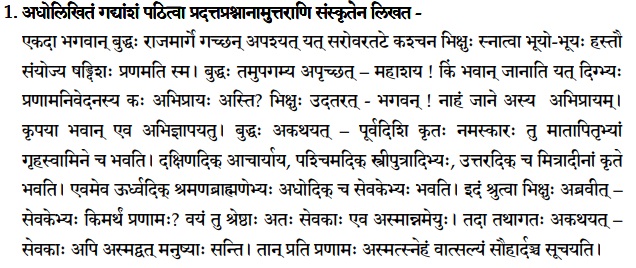
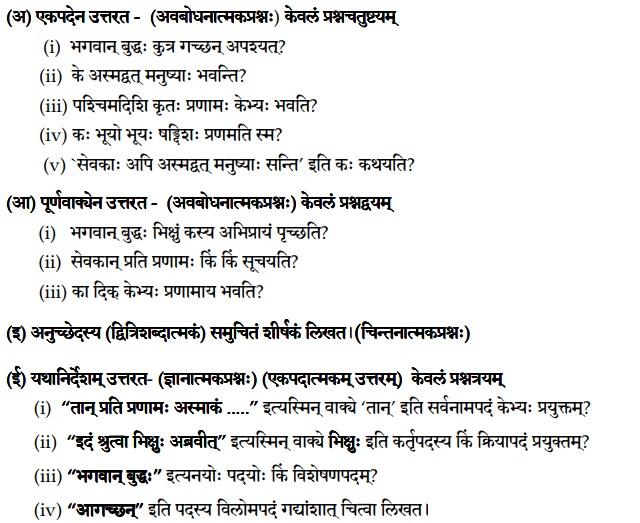
Click Here To Download Full Sample Paper
Click Here To Download Full Marking Scheme
CBSE (Class XII) Previous Year Papers Printed Books
<<Go Back To Main Page
Courtesy: CBSE
| You are subscribed to email updates from CBSE PORTAL : CBSE, ICSE, NIOS, JEE-MAIN, AIPMT Students Community. To stop receiving these emails, you may unsubscribe now. | Email delivery powered by Google |
| Google, 1600 Amphitheatre Parkway, Mountain View, CA 94043, United States | |
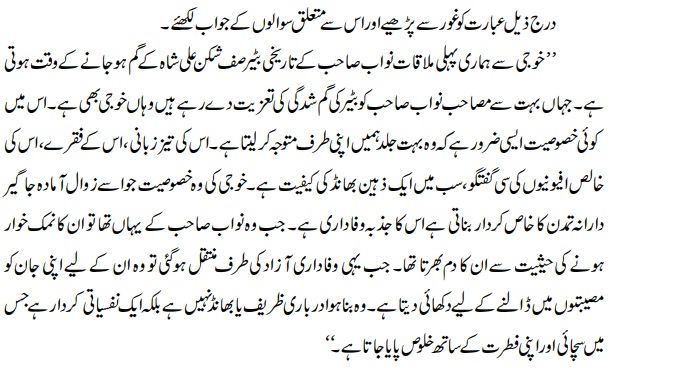
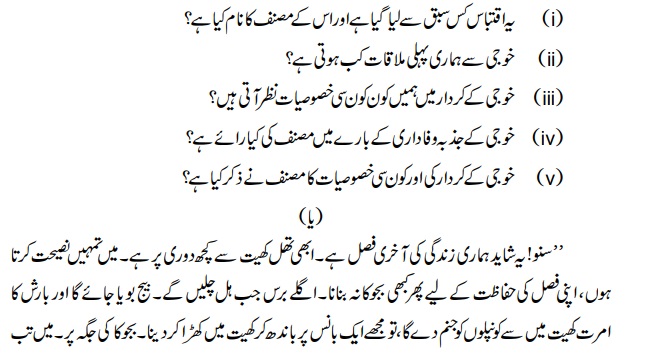

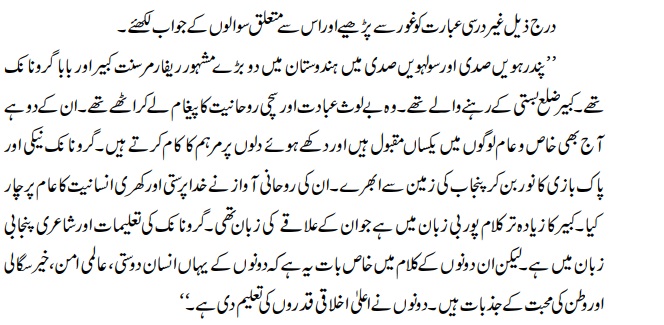
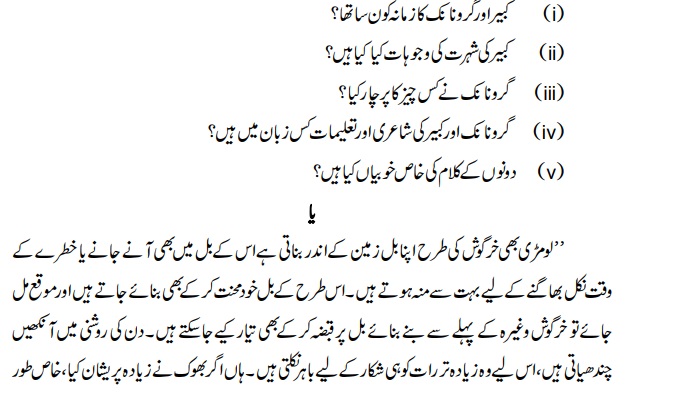
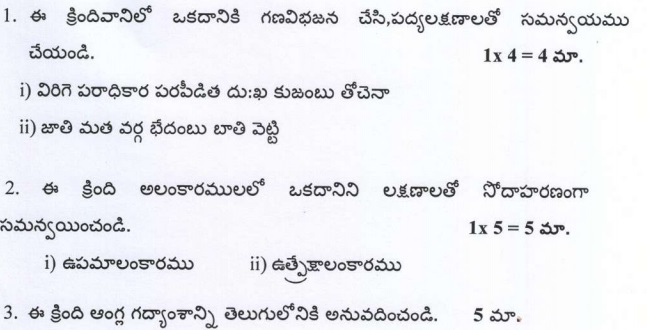

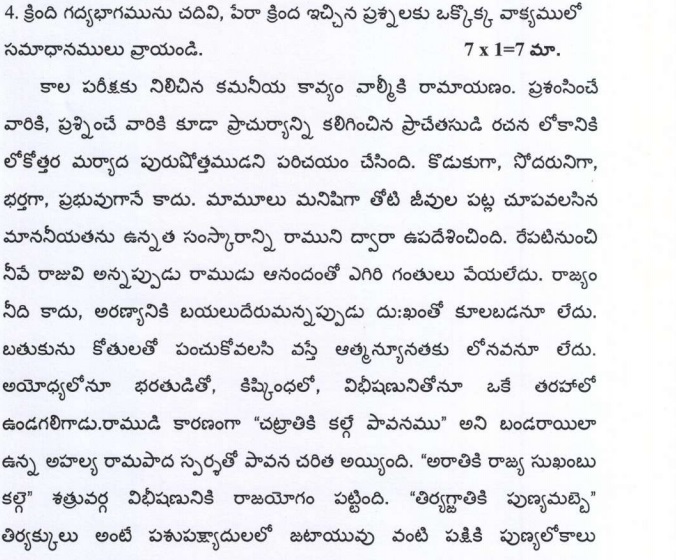
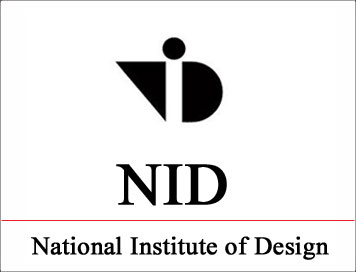
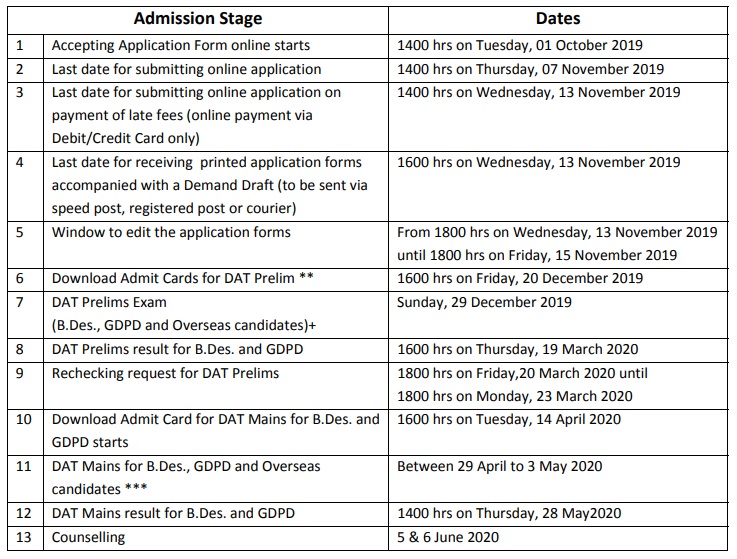
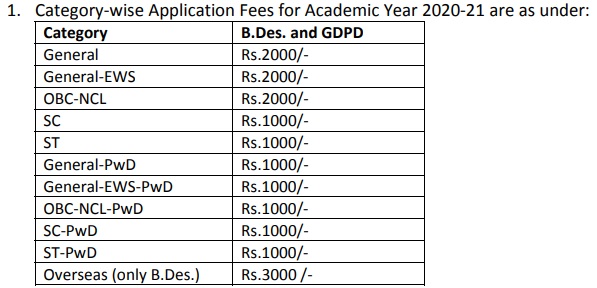
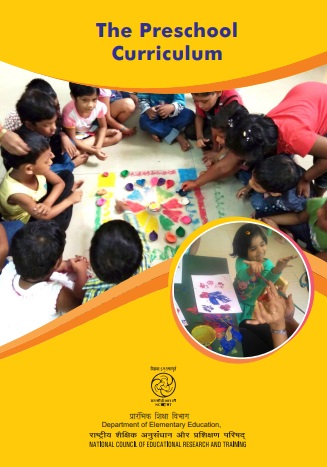
No comments:
Post a Comment